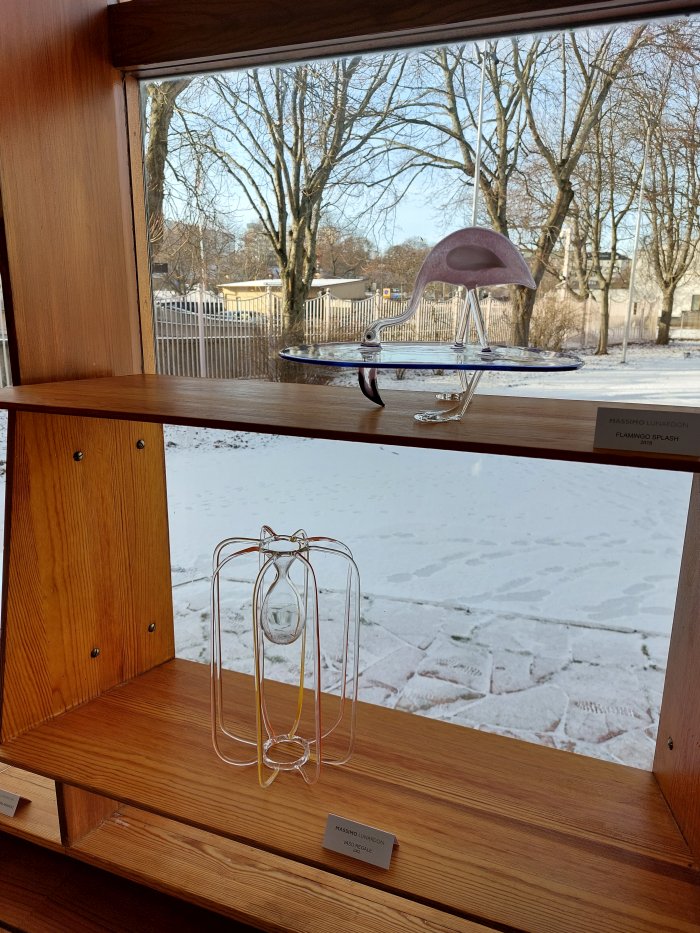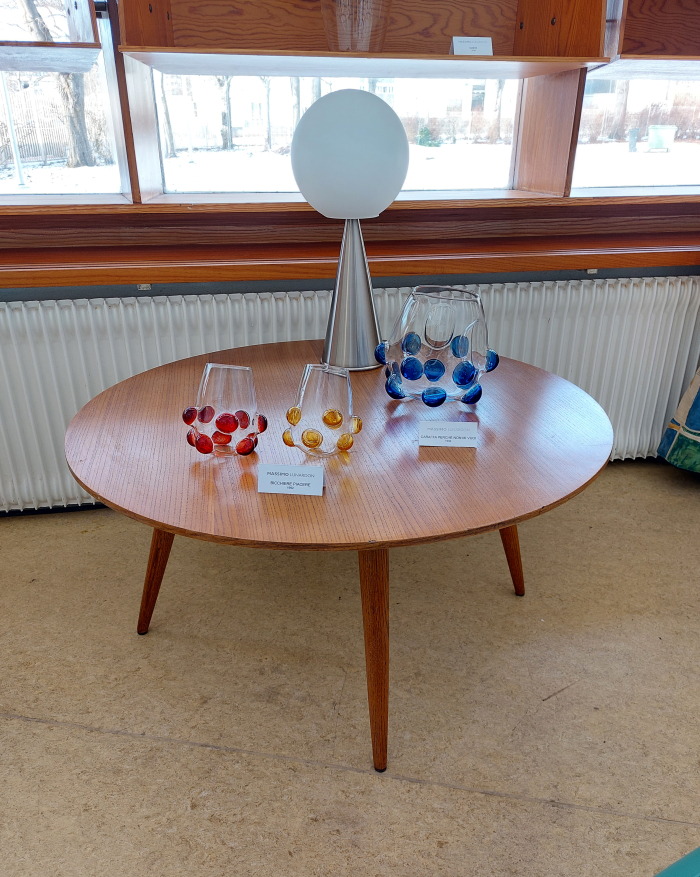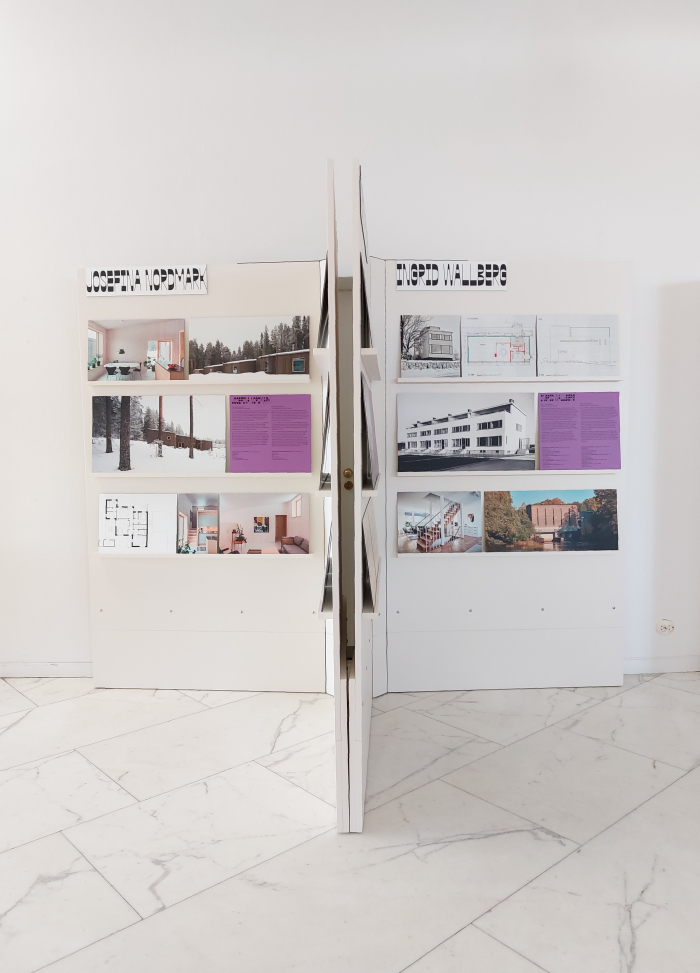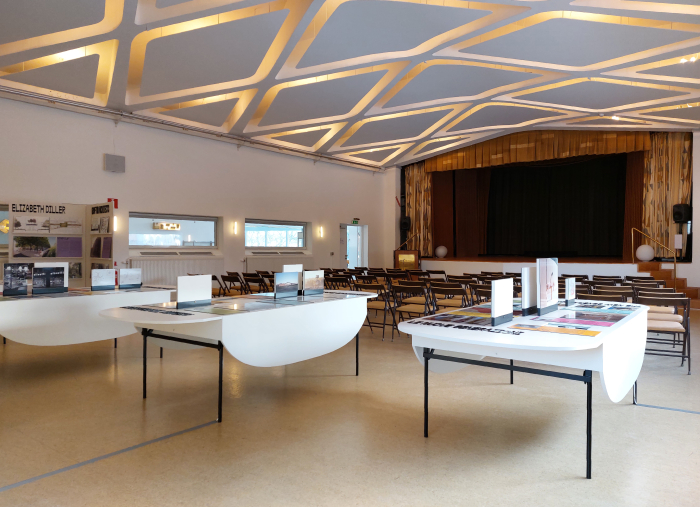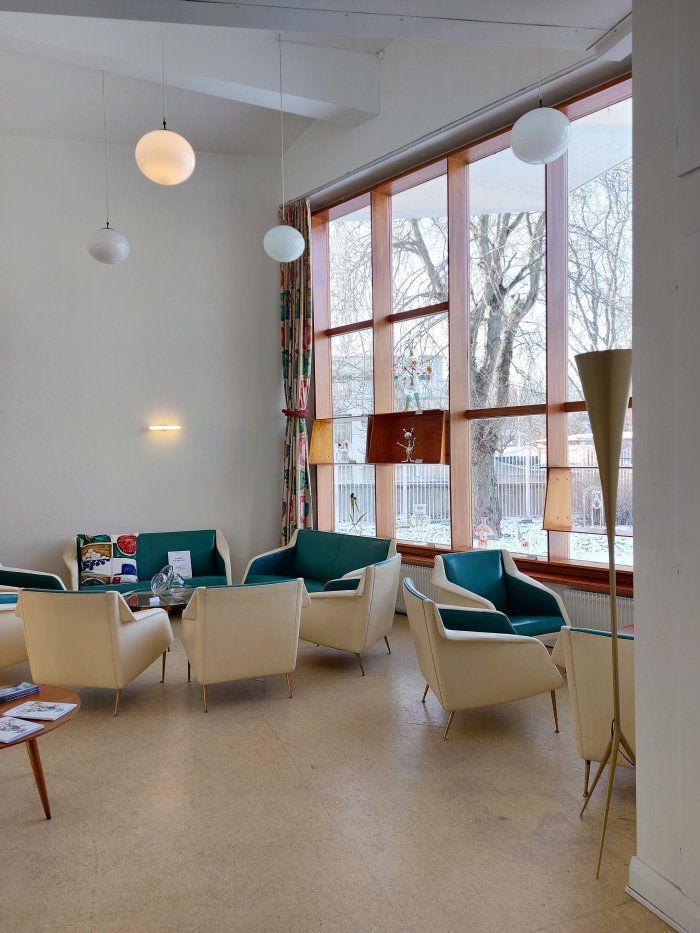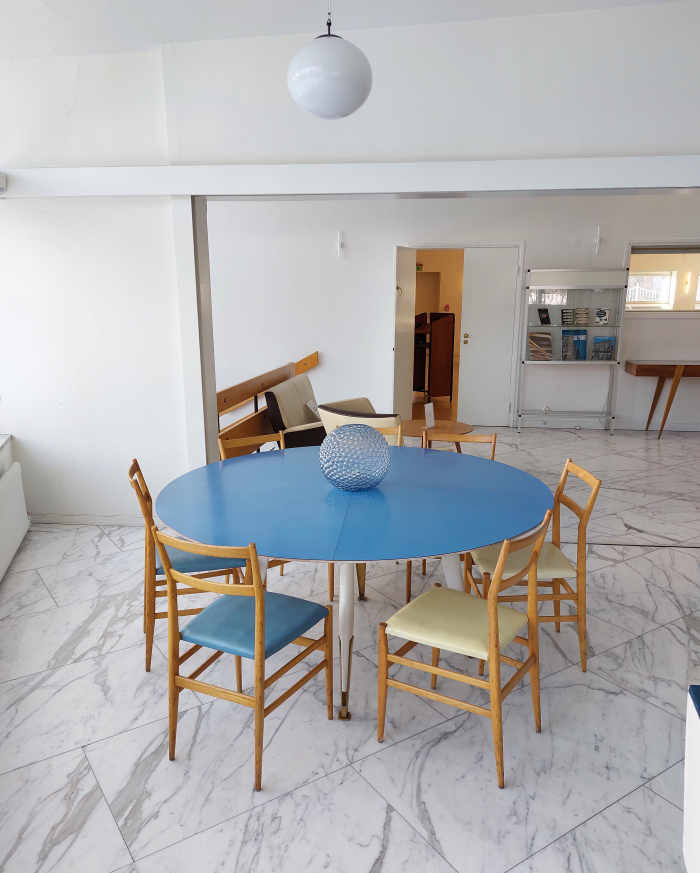As any fule kno Italy has a long (hi)story in and of architecture, whereby it is predominately a (his)story of architecture: with Buone Nuove. Women Changing Architecture the Istituto Italiano di Cultura, Stockholm, offer an introduction to an alternative narrative.
And to alternative futures.......
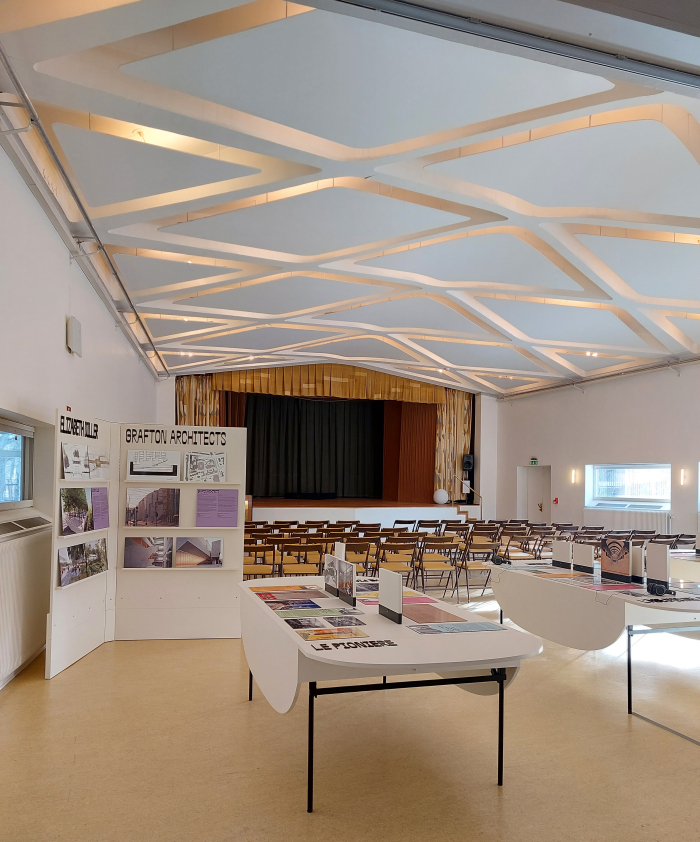
Originally presented as a full exhibtion at MAXXI Rome in 2022, and now freshly pared down to an abbreviated touring poster format which, we strongly suspect, will soon be on show in an Italian embassy or a regional architecture centre/museum near you, Buone Nuove. Women Changing Architecture, is a showcase in four chapters, five as presented in Stockholm; five chapters with no obvious starting point but which it, certainly for us, makes most sense to enter via the chapter Stories of Italian Women Architects with its introductions to some 21 female Italian architects from the past century or so, including, for example, Elena Luzzatto Valentini who in 1925 became the first woman to graduate as an architect from the Royal School of Architecture in Rome, as far as we can ascertain was the first woman to graduate with an architecture degree in Italy, and, yes, 1925 is quite late when compared to when other nations decided to let females formally study architecture; Nanda Vigo, a creative who effortlessly, and engagingly and entertainingly,helps explain how over the decades the definition of architect has evolved; Paola Viganò, a creative more popularly known for larger scale urban plans, and thus a reminder that architecture is not just buildings but the built environment and relations within it and responsibilities for those relationships; or Lina Bo Bardi who having begun her career in Italy made a name for herself in Brazil.
And a Linda Bo Bardi as an Italian in the world who links neatly into the chapter Practices in Italy, or if one so will, Stories of Women Architects in Italy, and its presentation of 6 projects in Italy undertaken by non-Italian female architects including, for example, the regeneration, creation, of the Parco Romana in Milan under the lead of Elizabeth Diller; Benedetta Tagliabue's San Giacomo Apostolo church in Ferrara; or Zaha Hadid's MAXXI museum complex in Rome. And from there the path continues neatly on to the aforementioned fifth chapter which introduces four Swedish female architects: Josefina Nordmark, Anna Chavepayre, Ingrid Wallberg and Ingeborg Wærn Bugge, the latter of whom began studying in 1919, the same year the Norwegian Anna Branzell became the first women to graduate as an architect in Sweden. Which, yes, again is quite late. And a nice Italio-Swedish connection, association. If not necessarily one to be proud of.
And which yes, does make Buone Nuove sound a lot like Oh Look! Women Architects!! Who knew!!!... They'll be driving trains before you know it!!!!..... And while, yes, there is a certain validity to that accusation, as ever we would refer you to the long narrative of architecture, not just in Italy but generally, as an exclusively male dominion. Which isn't and wasn't true, certainly not since the early days of the 20th century. The mid-20th in Italy. And Sweden. And so how do you want to go about re-addressing the deficiencies in the (hi)story of architecture and defeating the popular (his)story of architecture? You can't just wave a magic wand and everyone knows better. You've got to start somewhere, start a process of re-educating somewhere, and for us a presentation such as Buone Nuove is therefore important in providing an overview, introduction and orientation; but only if afterwards you continue the work on your own. You need to pick up that which you've learned and that which caught your attention and run with it yourself; make it more than it can be in such a, by necessity, abbreviated presentation. The re-writing of the narrative of architecture (hi)story is up to us all. Because we're the ones who blithely accepted the prevailing narrative, blithely accepted the prevailing (his)story.
And a re-writing that Buone Nuove positively demands through the final two chapters Narratives and Visions, both presented in Stockholm as video presentations: Narratives with its, if one so will eye-witness accounts of females in architecture past and present as told by the likes of, and amongst others, Phyllis Lambert, Beatriz Colomina or Liz Ogbu; Visions, if one so will speculative eye-witness accounts of females in architecture future as told by creatives as varied as, for example, Emma Hirsk, Regner Ramos or fem_arc collective. And Visions which while being the most obvious expression of the Women Changing Architecture of the sub-title, also allow one to appreciate that change today is (largely) only possible because of the contribution, despite the problems, obstacles and prejudices, made by both those female architects of early generations and also by those females of the great many other professions which actively contribute today to that apparently simple term architecture, professions which, invariably, have their own (his)stories. And to further appreciate that without the changes in society and cultures brought about by the women's rights movement in its various forms and as advanced by its varied practitioners, over the years, things would be a lot different today.
And chapters which both not only help underscore why we all need to improve our understandings of architecture, urban planning and spatial design, past and present, but for all give a little more impetus, provide the stimulus, to get out and do your own research. And to begin to view cities and buildings anew, and to question more the long, fixed, (his)tory of architecture, not just in an from Italy. But in and from everywhere.
Even if we are completely bemused by the title. Why Buone Nuove?
???
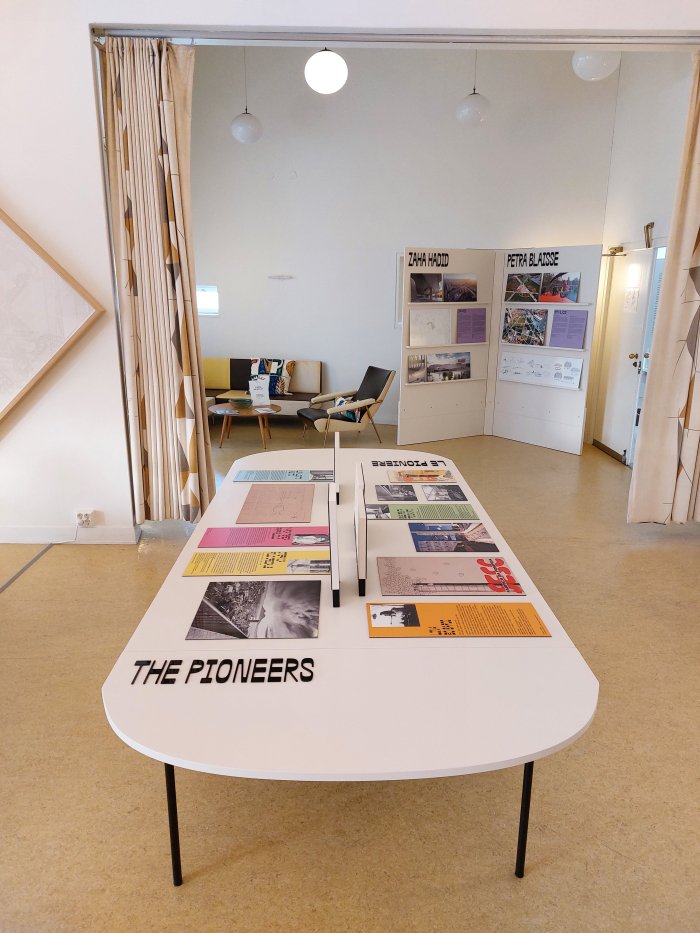
Parallel to Buone Nuove the Istituto Italiano di Cultura di Stoccolma is also presenting Blowing Dreams. The Fantastic Glassworks, a bijou presentation of fantastic, fantasy, fantastical, glassworks by artist Massimo Lunardon, and of which we did intend to provide several photos; however, most of the works were and are presented in a window, which although makes and made sense as a presentation concept, allows for a very accessible and supportive presentation, the fact that we were there on one of those glorious February days in Stockholm when the sky shines an incandescent blue and the light appears eternal, made it all but impossible to meaningfully photograph with our limited resources. Lunardon's works can however be viewed at www.massimolunardon.it
And were that all not enough, the Istituto Italiano di Cultura, Stockholm is housed in a work by Gio Ponti, a work from 1954-1958 realised in conjunction with local Stockholm architect Ture Wennerholm, and with input from Pier Luigi Nervi in context of the auditorium roof; a building which for all that is on the edge of a park in Stockholm, could be a monastery in rural Italy; a building which helps demonstrate several aspects of Ponti's use of space, and of Ponti's habit of developing projects as compositions of complimenting volumes. And a building which is also home to numerous furniture, lighting and interior objects by Ponti, as well as by Carlo De Carli, which can be enjoyed, but not sat on!!! But enjoyed visually, from a distance.
And an Istituto Italiano di Cultura by Gio Ponti which allows one to justifiably ask how many female Italian architects have been commissioned to design representative works overseas for the Italian government, how many female Italian architects have been invited to represent Italy overseas, how many female voices does the Italy government have in its representative architecture, in its representations of Italy overseas.......?
Are were they to commission more female architects, would that not be the real Buone Nuove.......?
Buone Nuove - Women Changing Architecture is scheduled to run at l'Istituto Italiano di Cultura di Stoccolma, Gärdesgatan 14, 11527 Stockholm until Monday March 20th
Blowing Dreams. The fantastic glasses by Massimo Lunardon until Friday April 7th
Full details, including information on l'Istituto's wider programme can be found at https://iicstoccolma.esteri.it/stoccolma
